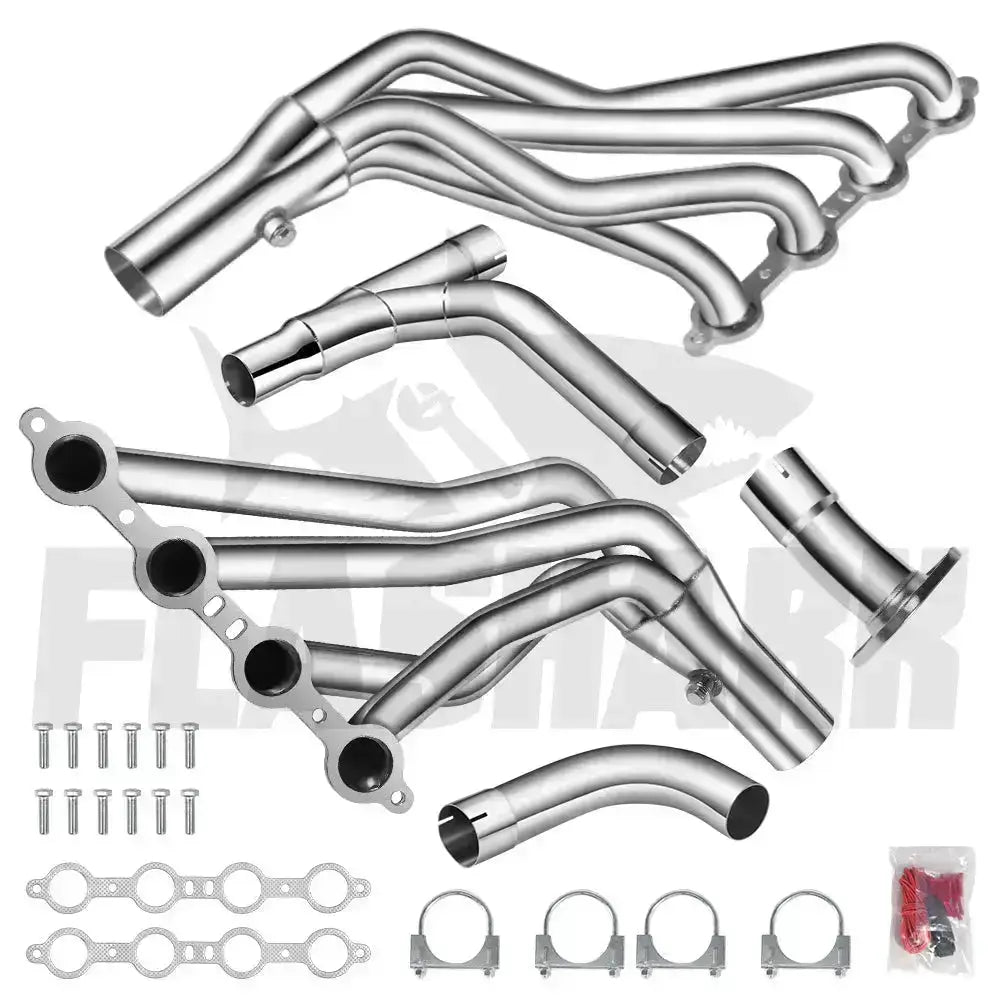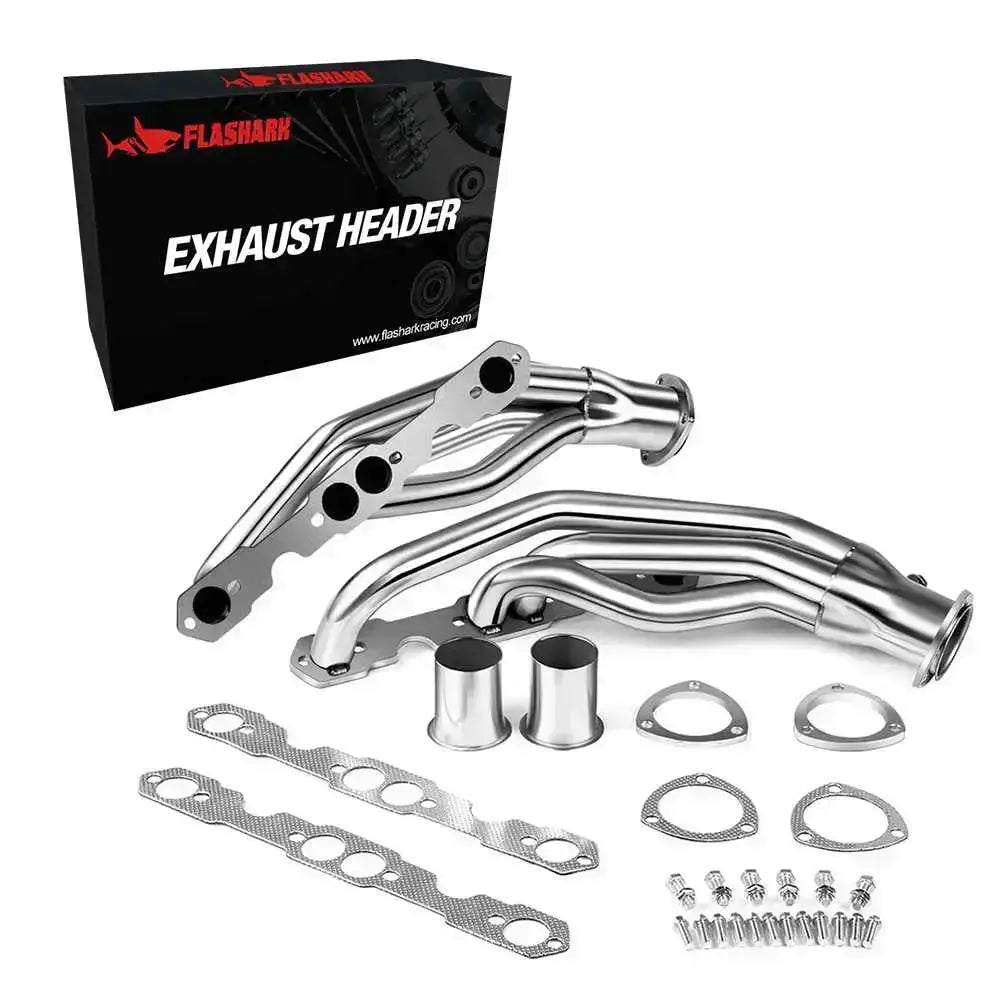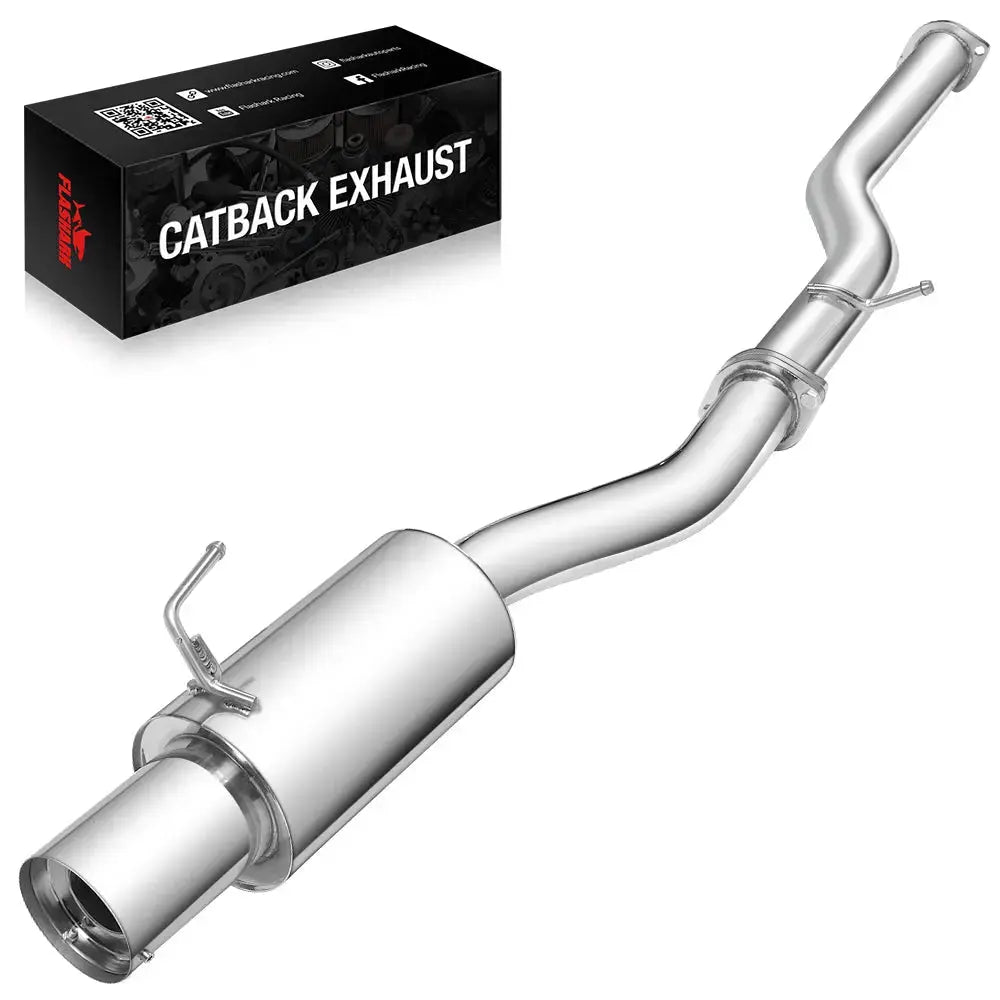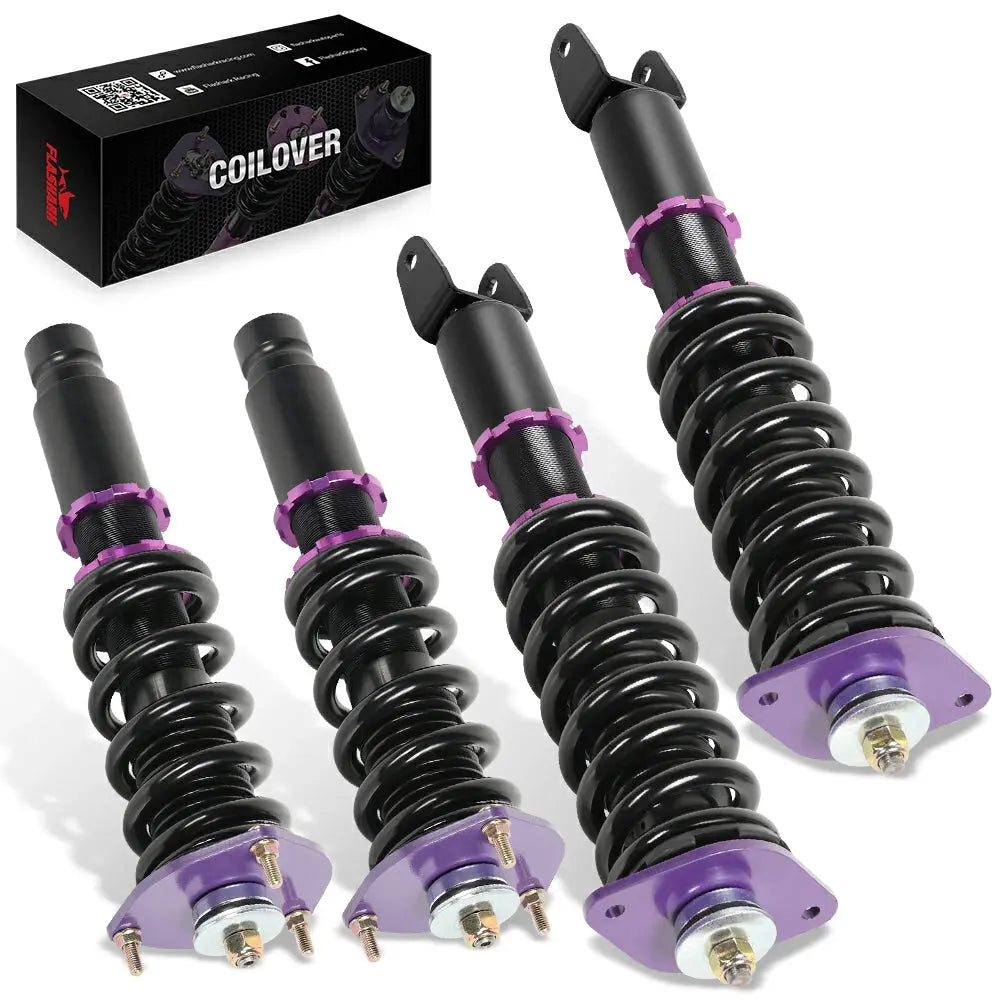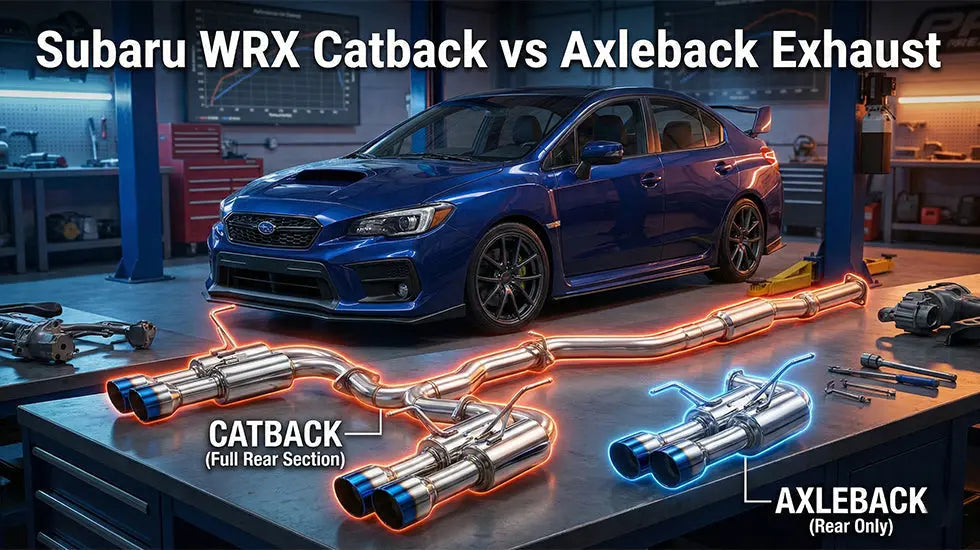When looking to increase the performance of your Ford 351M engine, one of the most common upgrades is the installation of 351M headers. These high-performance exhaust components help to optimize exhaust flow, reduce backpressure, and allow the engine to breathe more freely. But the question remains: how much horsepower do 351M headers actually add? In this article, we’ll explore how headers impact the performance of a 351M engine, what you can expect in terms of horsepower gains, and how to get the most out of your header upgrade.
Introduction to 351M Engine and Headers
The Ford 351M engine is part of Ford's "M" series, developed from the 351 Cleveland and 400M engines. It has a displacement of 5.8 liters (351 cubic inches) and is known for its high-torque output, making it a popular choice for trucks and off-road vehicles. However, despite its solid torque characteristics, the 351M can benefit from various performance upgrades—headers being one of the most effective.

Headers are custom exhaust manifolds designed to improve the flow of exhaust gases out of the engine. By reducing exhaust backpressure and providing a smoother path for the gases, headers help the engine expel exhaust more efficiently. This allows the engine to maintain better combustion and improves power output, particularly in higher RPM ranges. In simple terms, headers free up your engine to produce more power by eliminating exhaust bottlenecks.
How Headers Improve 351M Engine Performance
Upgrading to performance headers can make a noticeable difference in how your 351M engine breathes. While the stock manifolds are designed for general efficiency and cost, headers are tuned for power and flow. The result is improved performance, especially in demanding driving conditions like towing or off-roading.
Reduced Backpressure and Flow Efficiency
One of the biggest advantages of headers is the reduction of exhaust backpressure. Stock cast-iron manifolds often create turbulent flow and pressure buildup, which can restrict performance. Headers, with their individual tubes for each cylinder, allow exhaust gases to flow more smoothly and freely.
According to Hot Rod Magazine, dyno testing shows that reducing backpressure with long-tube headers can improve exhaust scavenging, especially in engines like the 351M that are built for torque. This makes more power available to the crankshaft, translating into increased horsepower and better throttle response.
Improved Combustion and Power Output
Better exhaust flow also means better intake efficiency. When exhaust gases exit the combustion chamber more efficiently, it creates a vacuum that helps pull in the next air-fuel mixture. This process, known as scavenging, enhances overall combustion.
Improved combustion leads to more complete fuel burn, which means higher power output per stroke. As highlighted in Engine Builder Magazine, this kind of exhaust optimization can lead to noticeable gains in both horsepower and torque, especially when paired with a tuned carburetor or performance camshaft.
HP Gains with Headers on a 351M Engine
So how much horsepower can you really expect from installing headers on a 351M engine? While the exact gains will vary based on setup and condition, adding headers is generally considered one of the most cost-effective ways to unlock extra power from this classic Ford V8.

Typical Horsepower Gains
On average, installing a quality set of performance headers on a Ford 351M can add 10 to 25 horsepower. These numbers assume no major engine mods have been done. Gains tend to be on the higher end if the headers are combined with a performance exhaust system or tuned carburetor.
Tests from Car Craft Magazine show that on engines in the 300–400 HP range, headers alone can contribute up to a 7–10% increase in horsepower, depending on exhaust tuning and engine load. For a 351M producing 200–250 HP stock, that translates to 15–20 additional horses in real-world conditions.
Factors That Affect HP Gains
Several factors will influence the actual horsepower increase. These include the header’s tube length and diameter, material type (e.g., stainless steel vs. mild steel), and whether or not your engine has other supporting modifications.
For example, long-tube headers often provide more torque and power across a wider RPM range, while shorty headers are better suited for tight spaces and higher-RPM gains. A poorly tuned carburetor or restricted exhaust downstream can limit the gains you’d otherwise get from headers.
Choosing the Right Header Type
Choosing the right type of header is crucial. For most 351M builds, 1.5" to 1.75" primary tube diameter works well for moderate performance upgrades. If you're aiming for a high-output build, consider stepping up to 1.875" primaries with 3" collectors.
Ceramic-coated headers are ideal for street builds, as they help reduce engine bay temperatures. Stainless steel headers offer better corrosion resistance, especially for vehicles used in harsh climates or off-road conditions. Always ensure the headers you choose are designed specifically for the 351M engine to avoid fitment issues.
How to Maximize HP Gains from 351M Headers
Installing headers is a solid first step—but to truly unlock their full potential, you’ll want to think about your engine as a system. Headers work best when paired with complementary upgrades and proper tuning.

Selecting the Ideal Header Specs
Header selection is not one-size-fits-all. Primary tube diameter, material, and flange thickness all influence both durability and performance. As a general rule, larger tubes provide more top-end power but can hurt low-end torque if oversized.
For a mildly built 351M, 1.5–1.75" primaries with 3" collectors typically yield the best balance. If you're towing or rock crawling, long-tube headers offer better low-RPM torque. For racing applications, short-tube or equal-length headers may help keep power up in the higher rev ranges.
Pairing Headers with Other Upgrades
Headers are most effective when used in combination with other airflow-related upgrades. Installing a high-flow intake manifold and properly jetted carburetor can dramatically increase the effectiveness of your headers.
According to Summit Racing’s tech resources, a matched intake/exhaust setup can increase total engine output by 30–40 horsepower when tuned correctly. Don’t neglect your ignition system either—a high-performance distributor and timing curve can help you take full advantage of the improved airflow.
Tuning After Installation
After installing headers, a proper tune is essential. You may need to adjust your carburetor jets or ignition timing to compensate for the new exhaust characteristics. In some cases, running a wideband O2 sensor can help dial in the air-fuel mixture for optimal performance.
Failing to tune your setup after installation may leave horsepower gains on the table—or worse, cause your engine to run lean and overheat. Many performance shops offer dyno-tuning services to maximize gains from your full exhaust setup.
Other Performance Considerations for the 351M Engine
Installing headers can be a bit tricky, especially for a larger engine like the 351M. Make sure to follow manufacturer instructions closely to avoid common installation issues, such as clearance problems, gasket leaks, and improper fitment. Sometimes, additional modifications may be needed, such as adjusting exhaust routing or relocating certain components for proper fit.
In addition to improving horsepower, headers can also affect your exhaust note. Most aftermarket headers provide a deeper, more aggressive sound, which some vehicle owners love. However, headers may also affect emissions, particularly if you’re running a high-flow exhaust system without proper catalytic converters. Always check local regulations to ensure your modifications are legal for street use.
Conclusion: Is the HP Gain Worth It?
In summary, installing 351M headers can add anywhere from 10 to 25 horsepower, depending on the header type, engine modifications, and supporting components. This increase in horsepower, while significant, is just one part of the performance improvement that headers offer.
Upgrading to headers can make a noticeable difference in the performance of your 351M engine. In addition to increasing horsepower, headers improve throttle response, boost low-end torque, and optimize exhaust flow. When combined with other engine upgrades, headers can unlock the full potential of your 351M engine, making it more powerful and responsive, whether you’re off-roading, towing, or simply looking for better performance.



